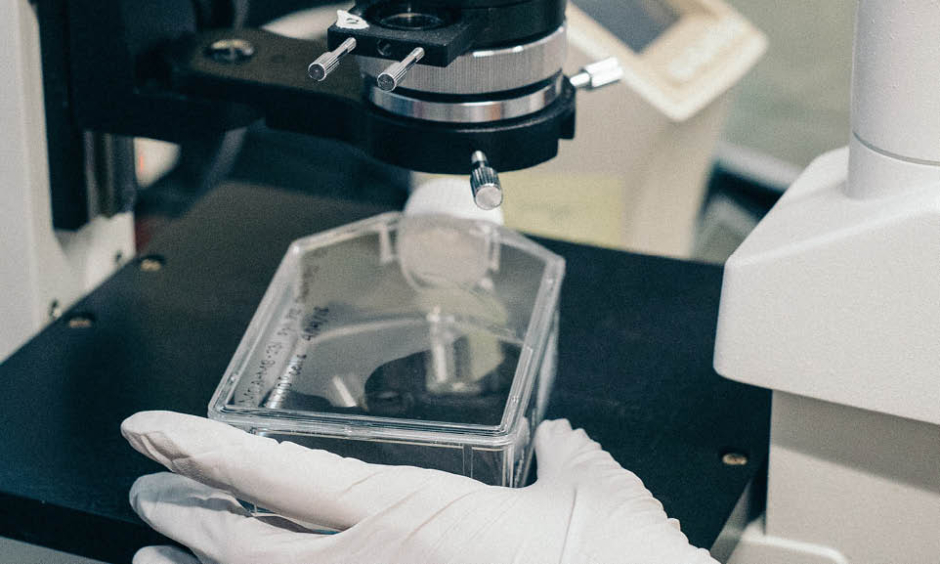WILMS’ TUMOUR, also knowns as nephroblastoma, is a rare kidney cancer that primarily affects children under the age of five. Most often, it occurs in just one kidney, yet sometimes it can be found in both kidneys at the same time. A recent discovery at the Welcome Sanger Institute, Hinxton, UK, has unravelled the disease’s earliest genetic root which may improve treatment and prevent recurrence of the disease.
The study uncovered a novel route through which cancers can form in the first weeks of life, whereby a primordial cell gains the DNA modification associated with cancer and proliferates while the kidney is developing. This study is novel as it is the first to compare healthy kidney tissue with Wilms’ tumour tissue. For the analysis, 66 tumour and 163 normal kidney samples were collected by researchers at Addenbrooke’s Hospital, Cambridge, UK, and Great Ormond Street Hospital, London, UK, and examined using comparative genome analysis to investigate the cause of the disease. At the Welcome Sanger Institute, DNA was sequenced from these samples to create 229 whole genome sequences, which were further analysed to identify genetic changes between tumours and normal tissue.
In most children with Wilms’ tumour, DNA changes associated with the disease were found to be shared by both tumour and normal kidney tissue. As such, the researchers were able to specifically target patches of genetically abnormal cells which, when looked at microscopically, appeared normal. Analysis revealed that these patches developed from a single rogue cell with a DNA change that supressed the H19 gene. Normally, H19 ensures that cells grow in an orderly manner, yet this epigenetic change deactivates H19 and enables cells to quickly grow into precancerous patches of kidney tissue from which Wilms’ tumour can arise.
Due to the likelihood of recurrence, Wilms’ tumour treatment mostly involves the removal of the whole kidney to ensure that no tumour is left behind. Dr Sam Behiati, Welcome Sanger Institute, stated: “The discovery of the genetic root of Wilms’ tumour signals a shift in our understanding of this particular cancer and childhood cancer more generally. Our findings represent a radical departure from how we think about Wilms’ tumour because we never expected to find the root of cancer in normal-looking tissue. It may even pave the way for us to begin to think about preventing childhood cancer.”







